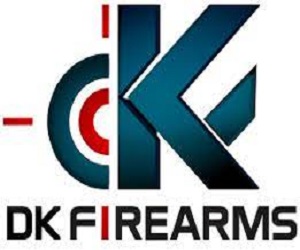TripleChris
Active Member
On Natchez right now:
These are lead bullets, not jacketed. They come lubed. Anyone use these? Input good or bad? Thanks.
Product Title: 45 ACP .452DIA 230GR RNBB 500BOX
Item Price: $53.49
Availability: In Stock
These are lead bullets, not jacketed. They come lubed. Anyone use these? Input good or bad? Thanks.

